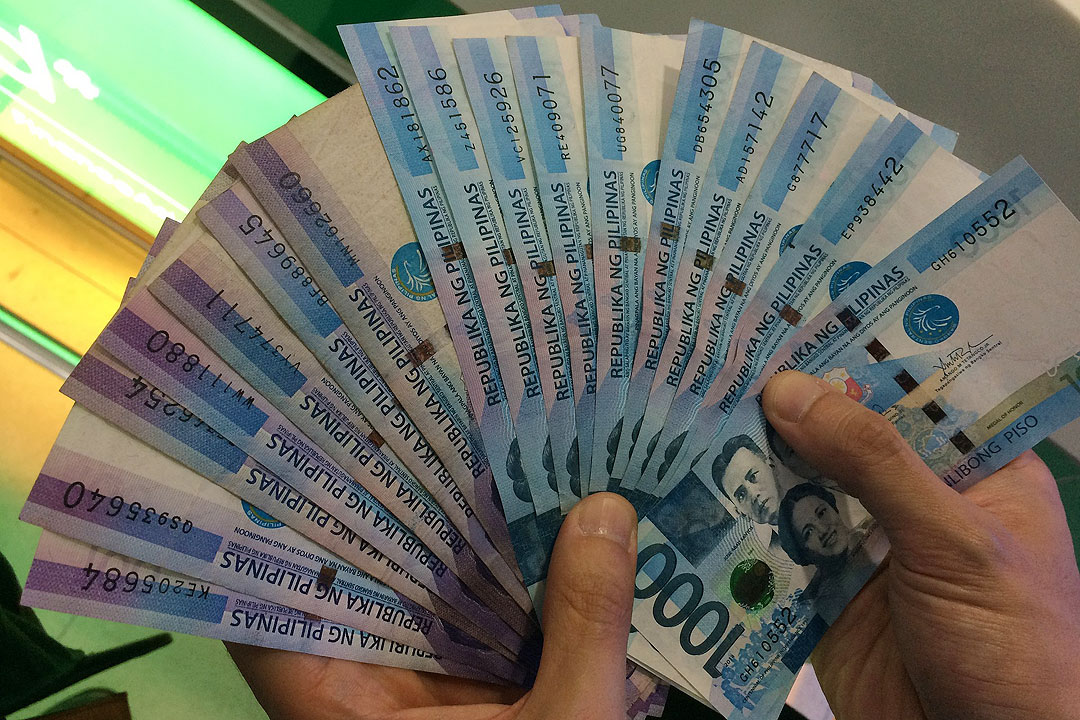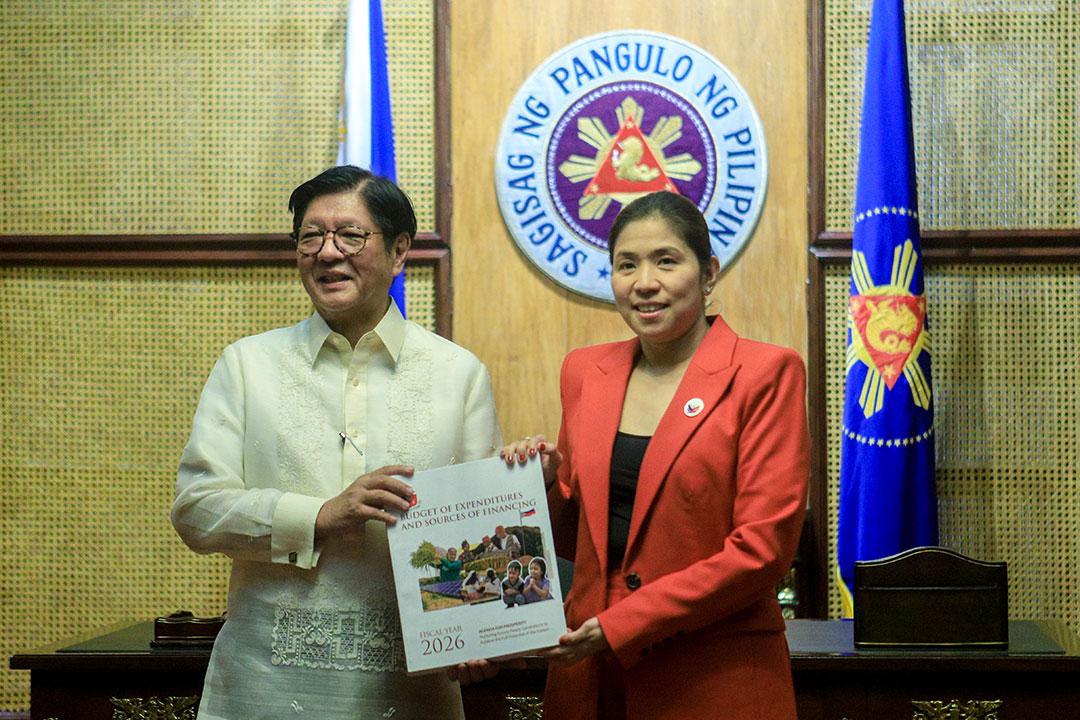
Upgrade to High-Speed Internet for only ₱1499/month!
Enjoy up to 100 Mbps fiber broadband, perfect for browsing, streaming, and gaming.
Visit Suniway.ph to learn
Rice retailers manage their stalls at Marikina Public Market on January 7, 2025.
STAR / Michael Varcas
MANILA, Philippines — As part of his state visit to India, President Ferdinand “Bongbong” Marcos Jr. will discuss the Philippines’ plan on rice imports, including the Department of Agriculture’s proposal for higher tariffs and a temporary import freeze.
“The Cabinet will discuss this urgent matter with the President in India on the sidelines of his state visit,” the Presidential Communications Office (PCO) said in a statement on Monday, August 4.
India is the world’s largest rice exporter, while the Philippines is the top rice importer, projected to reach a record 5.5 million metric tons in imports by 2026. The Philippines imported 4.78 million metric tons of rice in 2024.
Agriculture Secretary Francisco Tiu Laurel Jr. said the Rice Tariffication Law (RTL) must be amended again because it is “creating a problem for local rice producers.”
“I really feel that the RTL, as it is written today, will kill our rice industry. If it is not addressed, if it is not amended, it will kill the rice industry,” he said on July 31.
He explained that the Rice Tariffication Law has weakened state control over rice imports, allowing private traders to import freely after the National Food Authority (NFA) was stripped of its power to regulate imported and local rice prices.
Industry and farmers’ groups have long urged the government to reinstate the NFA’s regulatory functions, arguing that the agency must do more than maintain buffer stocks of locally sourced palay.
What the RTL is. The Rice Tariffication Law, passed in 2019 and amended in 2024, increased the Rice Competitiveness Enhancement Fund’s annual allocation to P30 billion, using tariff revenues to support farm mechanization, seed development and credit access.
Under Republic Act 11203, rice imports were liberalized by imposing a minimum tariff of 35% on ASEAN countries and 40% on non-ASEAN countries, rather than setting limits on the amount of rice that could be imported.
The law was passed under the assumption it would increase supply and bring down rice prices. Marcos even slashed tariffs to 15% until 2028 in a bid to make local rice even more affordable when he signed Executive Order 62 in June 2024.
Current rice prices. However, local rice prices remain higher than imported commercial rice, with premium varieties in Metro Manila still priced at P50 per kilo compared to P44 for imported rice.
With farmgate palay prices slipping, the DA is exploring a gradual tariff increase to help stabilize earnings for local rice farmers.
Farmgate palay prices. In just six months, the average farmgate price of fancy palay has dropped by more than P6. It fell from P23.17 in January to P16.99 in June, according to the Philippine Statistics Authority.
The Federation of Free Farmers pegged farmers’ losses at P54.5 billion from January to June 2025, attributing it to falling farmgate prices.
The group added that the rollout of P20-per-kilo subsidized rice has pushed traders to reduce palay buying prices.
Reinstate original tariff rate. The Philippine Council for Agriculture and Fisheries, the DA’s advisory body, proposed reinstating the previous 35% tariff rate during the third periodic review of the current 15% rate.
While the council anticipates higher prices for imported rice, it believes the tariff hike will help protect local farmers and make their harvests “more competitive.”
During his official visit to India this week, Marcos is set to hold talks with the Indian government and business leaders to boost economic and defense ties.

 1 week ago
8
1 week ago
8



